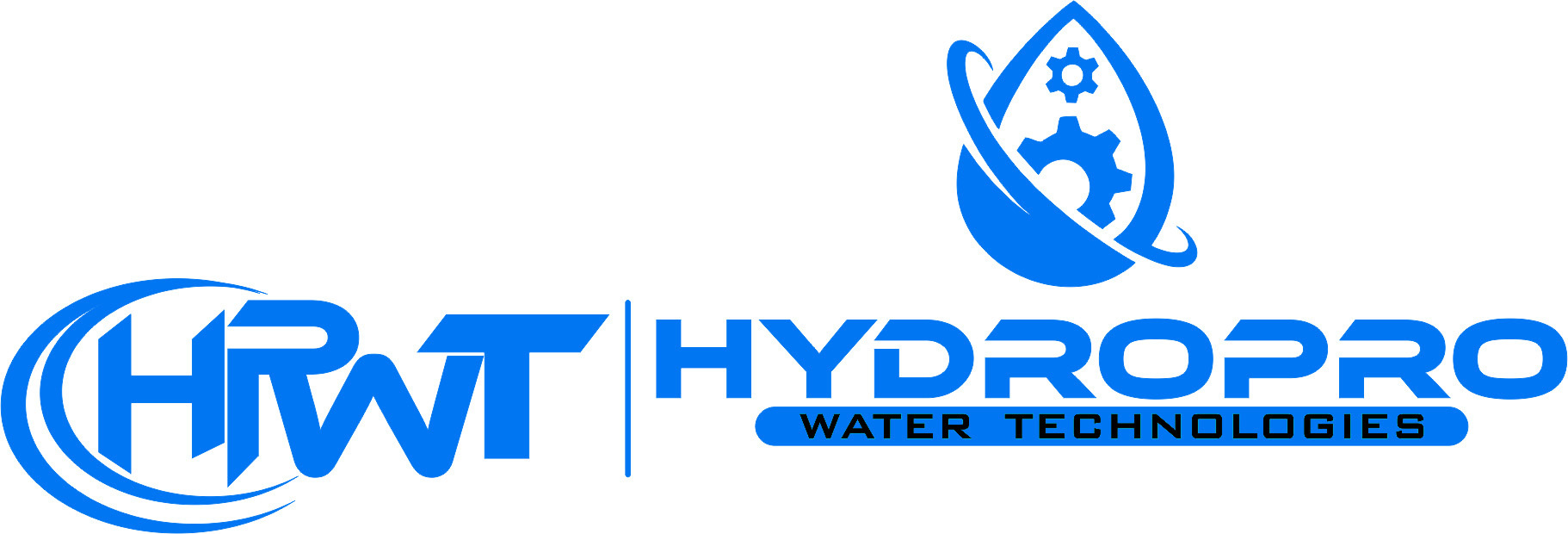Design & Consultations
Design & Consultations
STP
Design and consultation are crucial aspects of developing effective Sewage Treatment Plants (STP)
Design
Design: In STP design, the goal is to create a comprehensive plan for the construction and operation of the treatment facility. This involves selecting appropriate treatment processes, determining hydraulic configurations, choosing the right equipment, addressing environmental concerns, and ensuring compliance with regulations. It’s the blueprint for a successful STP that optimizes wastewater treatment while minimizing environmental impact
RO & SWRO
Design
In RO and SWRO systems, design is a fundamental phase where engineers create a comprehensive plan for the installation and operation of the purification systems. Key design considerations include selecting the appropriate membranes, pumps, pressure vessels, and other components based on factors such as feed water quality, capacity requirements, and environmental conditions. The design process also involves optimizing system layout, determining flow rates, and ensuring that the system complies with relevant regulations. An effective design is crucial to achieving efficient water purification and desalination
ETP
In the design and consultation phase of an Effluent Treatment Plant (ETP) project, meticulous planning and expertise are paramount. First, a comprehensive site assessment is conducted to understand site-specific conditions and constraints. This includes evaluating available space,proximity to water bodies, and soil characteristics. Wastewater characterization follows, where the type and concentration of contaminants, pH levels, temperature, and flow rates are analyzed. This data informs the design of treatment processes tailored to the specific wastewater composition. Ensuring regulatory compliance is a fundamental aspect. ETP consultants navigate local, state, and national environmental regulations, ensuring the system meets or surpasses standards while obtaining essential permits and approvals.Additionally, ETP design should prioritize sustainability and resource recovery. Implementing advanced technologies, such as membrane filtration and biological treatment, can optimize wastewater treatment efficiency, reduce environmental impact, and potentially recover valuable resources.Ultimately, the collaborative effort between designers and consultants results in an effective, compliant, and environmentally responsible ETP solution for wastewater management
Evaporators
In the design and consultation phase of water systems, particularly for industrial and wastewater treatment applications, evaporators play a pivotal role.



Wastewater Analysis
The process begins with a comprehensive analysis of the wastewater composition, volume, temperature, and contaminants. This data informs the design parameters for the evaporator system

Energy Efficiency
A focus on energy efficiency is integral to the design. Heat exchangers and energy recovery systems are often integrated to minimize operational costs and reduce environmental impact

Safety Measures
Safety protocols and features are incorporated into the design to safeguard personnel and the environment from potential hazards associated with evaporator operation

Technology Selection
Based on the wastewater characteristics and treatment goals, consultants and engineers choose the appropriate type of evaporator technology. Multiple-effect evaporators, and thermal vapor compression are common options

Regulatory Compliance
Collaboration with regulatory authorities ensures that the evaporator system aligns with local, state, and national environmental regulations. Obtaining permits and approvals is a crucial step in this phase

Ongoing Optimization
Continuous monitoring and optimization strategies are established to maximize the evaporator system’s efficiency and reliability throughout its operational lifespan


